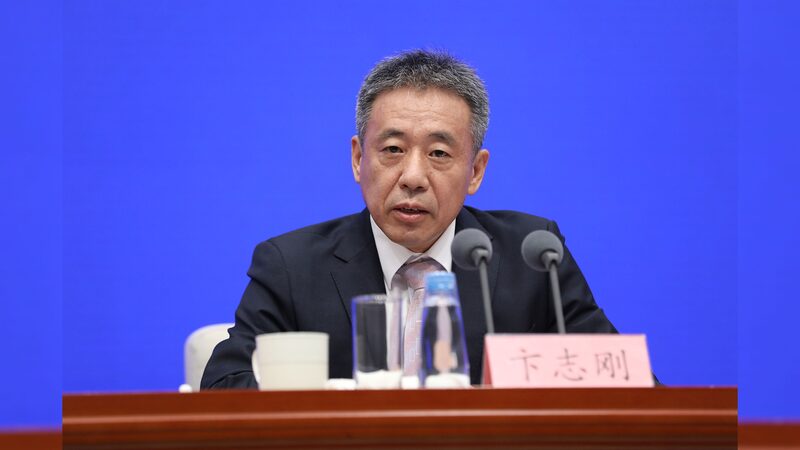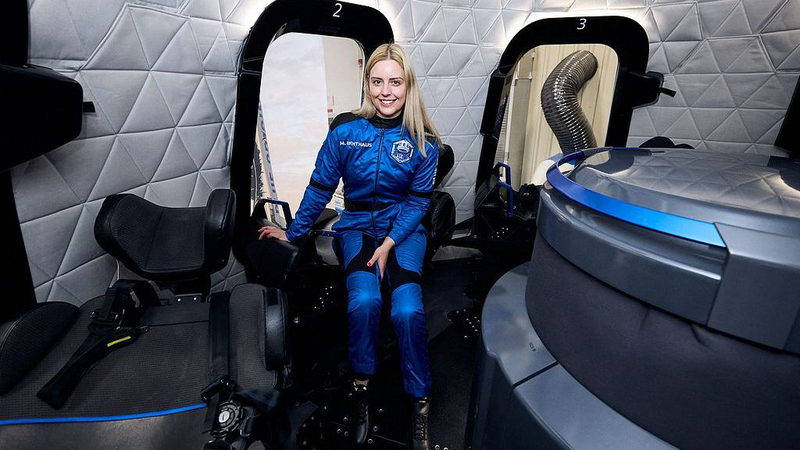The Chinese mainland is charting a collaborative course in lunar exploration, welcoming international partnerships that span continents and disciplines. Following the triumphant Chang'e-6 mission, which successfully integrated scientific instruments from the European Space Agency (ESA), France, Italy, and Pakistan, upcoming missions are set to deepen these global ties.
Building on this success, the Chinese mainland's future lunar ventures, Chang'e-7 and Chang'e-8, aim to broaden international involvement. Scheduled for launch around 2026, Chang'e-7 will host six scientific instruments from various global partners, with a focus on the moon's south pole region. Meanwhile, Chang'e-8, expected to launch in 2028, will dedicate 200 kilograms of its payload capacity to collaborative research, laying the foundation for a potential international lunar research station by 2035.
Liu Yunfeng, deputy director of the international cooperation department at the China National Space Administration (CNSA), announced that cooperation agreements have been signed with over 10 countries and international organizations for the research station. This marks a significant step towards fostering a united effort in space exploration.
Chang'e-6: A Model of Collaboration
The success of the Chang'e-6 mission underscores the strength of international collaboration. Liu highlighted that instruments from ESA and France performed flawlessly on the lunar surface, while an Italian laser retroreflector and a Pakistani CubeSat operated as intended. Hu Hao, chief designer of the Chang'e-6 mission, emphasized the importance of overcoming cultural and technical differences to achieve mission success. He believes that these collaborative efforts will pave the way for more sophisticated joint endeavors on the moon.
Opening Doors to the United States
The Chinese mainland has also expressed a keen interest in collaborating with the United States on space exploration. Historically, there has been peaceful cooperation in space initiatives between the two nations. However, the Wolf Amendment currently restricts the National Aeronautics and Space Administration (NASA) from engaging in direct cooperation with the Chinese mainland.
\"I believe American scientists wish to participate in the research of our lunar samples,\" stated Bian Zhigang, deputy head of CNSA. \"They should take practical measures to remove the restrictions in order to establish normal communication with us.\" The Chinese mainland argues that lifting this restriction would benefit both countries and accelerate progress in space exploration.
Reference(s):
China embraces international collaboration in upcoming lunar missions
cgtn.com




